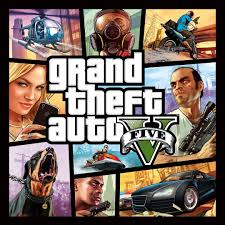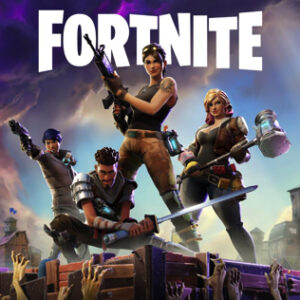A Shift in Strategy: The Key to a Longer-Lasting Mortal Kombat Game May Be Found in a Very Different Genre
Popular Now
 God of War Ragnarök
God of War Ragnarök
 BeamNG.drive
BeamNG.drive
 Brawl Stars
Brawl Stars
 Candy Crush Saga
Candy Crush Saga
 Stumble Guys
Stumble Guys
 Fall Guys
Fall Guys
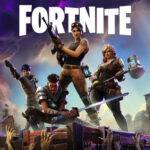 Fortnite
Fortnite
 Toca Boca World
Toca Boca World
 EA SPORT FC 25
EA SPORT FC 25
 League of Legends
League of Legends
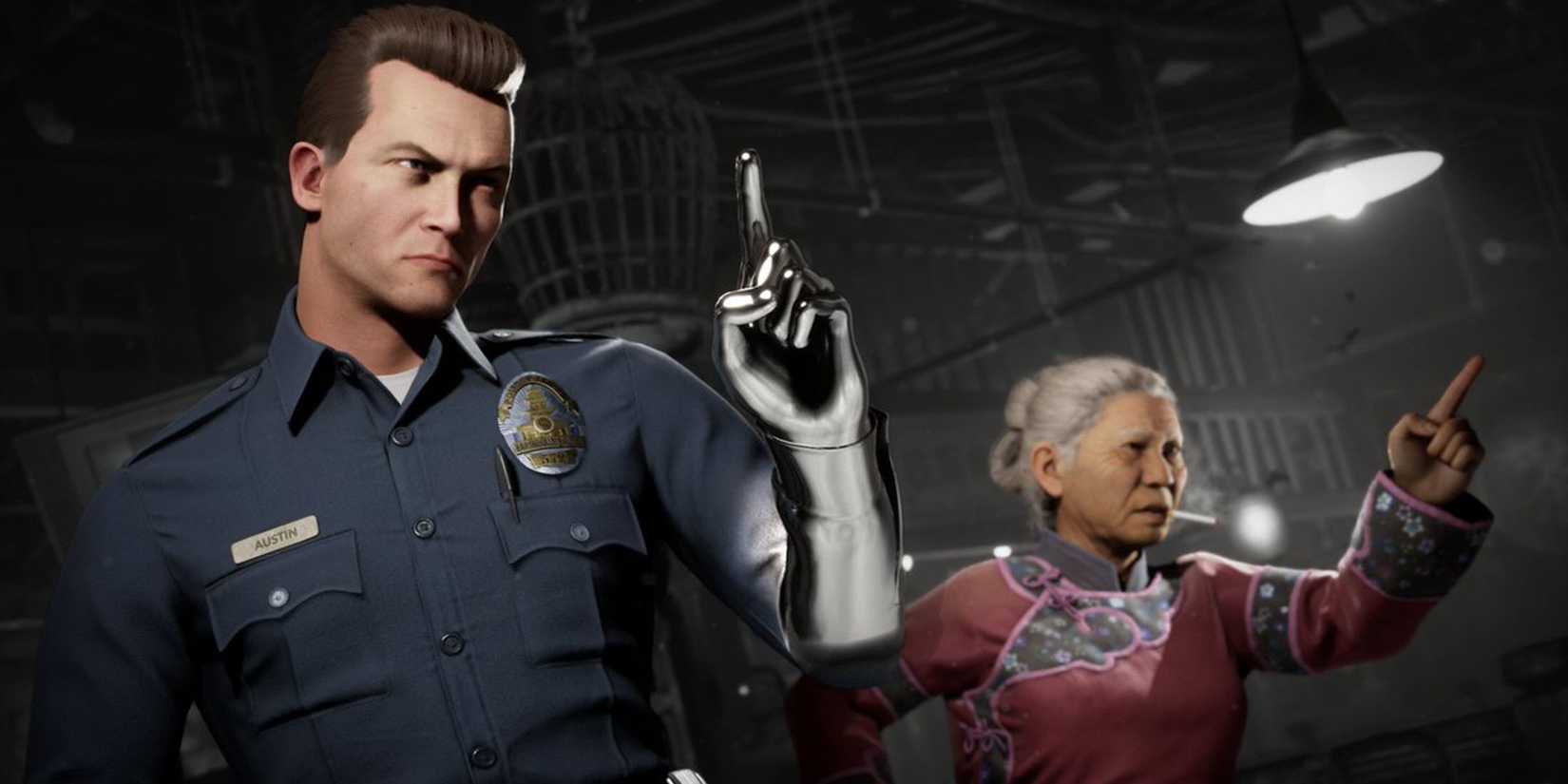 The fighting game genre is notorious for its rapid cycle of release and decline. A new installment, like Mortal Kombat 1, explodes onto the scene with a massive player base and widespread hype, only to see its online community dwindle as the months go by. This phenomenon has plagued the series for years, leading to a constant “reboot” cycle every few years. However, with the rise of the “live service” model—a strategy long employed by genres like MMOs and battle royales—NetherRealm Studios may have found the blueprint for a fighting game that defies the traditional lifespan and keeps players engaged for years on end.
The fighting game genre is notorious for its rapid cycle of release and decline. A new installment, like Mortal Kombat 1, explodes onto the scene with a massive player base and widespread hype, only to see its online community dwindle as the months go by. This phenomenon has plagued the series for years, leading to a constant “reboot” cycle every few years. However, with the rise of the “live service” model—a strategy long employed by genres like MMOs and battle royales—NetherRealm Studios may have found the blueprint for a fighting game that defies the traditional lifespan and keeps players engaged for years on end.
While the fighting game community is a passionate and dedicated one, the casual player base often moves on after completing the story mode. The latest Steam player count data for Mortal Kombat 1 confirms this trend, showing a significant drop-off from its launch in September 2023. By August 2025, the game’s average player count on PC hovers around a few thousand, a stark contrast to the tens of thousands who played it at launch. This is where the live service model, with its continuous content updates and monetization streams, could change the game entirely.
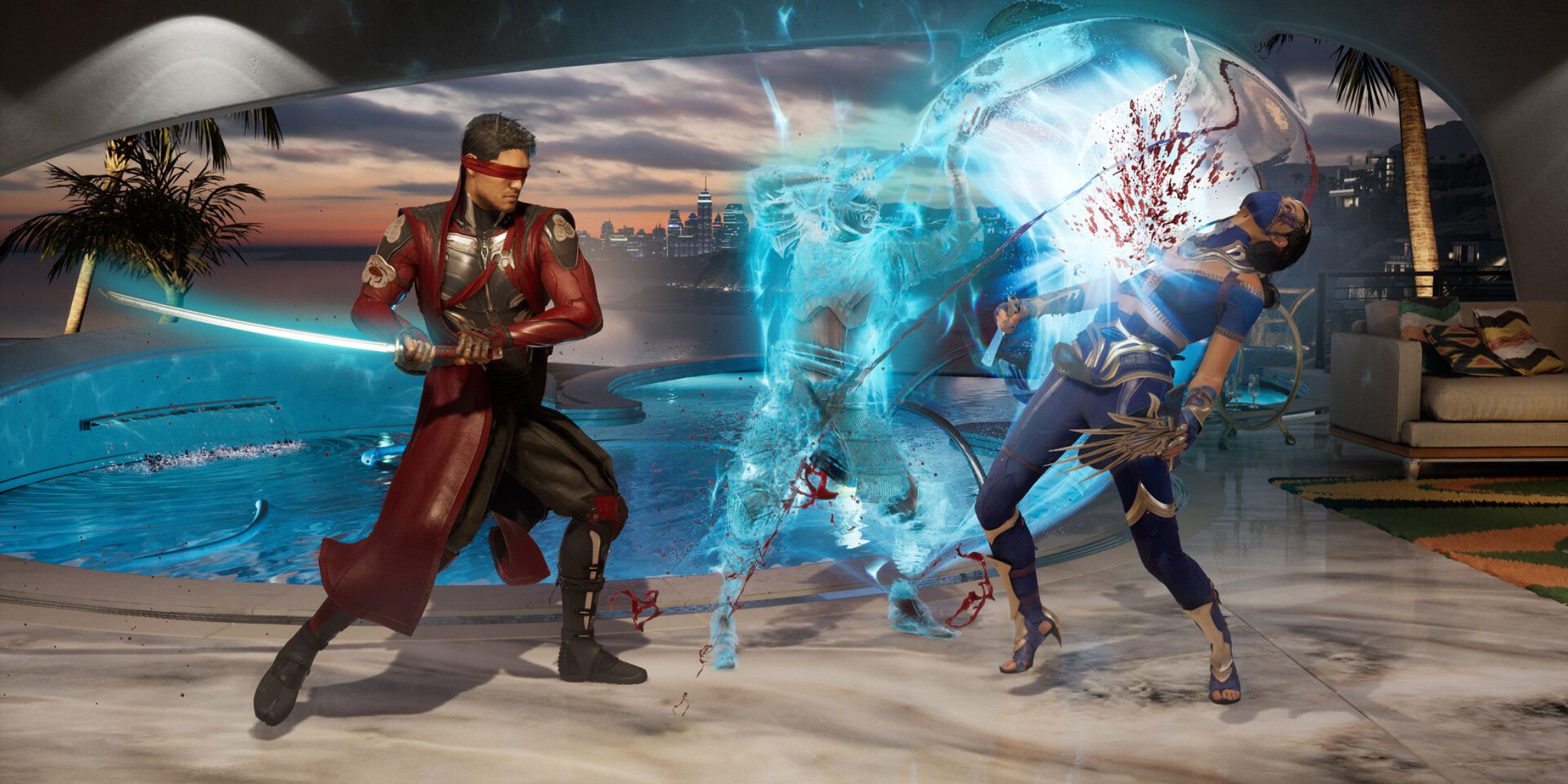 The Live Service Model: What Fighting Games Can Learn
The Live Service Model: What Fighting Games Can Learn
A live service game is not a one-time product; it’s a persistent platform that is consistently updated with new content, features, and events. This approach is designed to keep players engaged and paying for a long period of time, often through a combination of seasonal passes, cosmetic microtransactions, and free content updates. Games like Fortnite, Final Fantasy XIV, and Destiny 2 have mastered this model, creating vibrant, ever-evolving ecosystems that feel alive and fresh. For a fighting game, this could manifest in several key ways:
- Seasonal Content and Narrative: The seasonal structure of games like Fortnite could be adapted to Mortal Kombat. Instead of waiting for a major story expansion like Aftermath, players could experience a new, self-contained story chapter or character-driven mini-arc every few months. Each season could introduce new skins, Kameo fighters, and character balance changes, all tied to a central theme or narrative. This would give players a reason to log in regularly and follow the ongoing story.
- A Dynamic “Invasions” Mode: The “Invasions” mode in Mortal Kombat 1, while a good first step, was often criticized for its repetitive nature. A live service approach could transform this mode into a sprawling, roguelite-style single-player experience with procedurally generated maps, randomized encounters, and new, limited-time challenges. This would provide endless replayability and a constant stream of new rewards to chase, addressing the casual player’s need for non-competitive content.
- Deep Character Customization and Monetization: The current cosmetic system in Mortal Kombat is a strong foundation, but it could be expanded significantly. A live service model would allow for a continuous flow of new skins, gear, intros, and brutalities, all purchasable through an in-game store and a Battle Pass system. This would create a long-term revenue stream for NetherRealm, allowing them to support the game with a larger team and for a longer period. The success of games like Overwatch 2 and Street Fighter 6‘s online-first approach has already shown that this model can work within the fighting game genre.
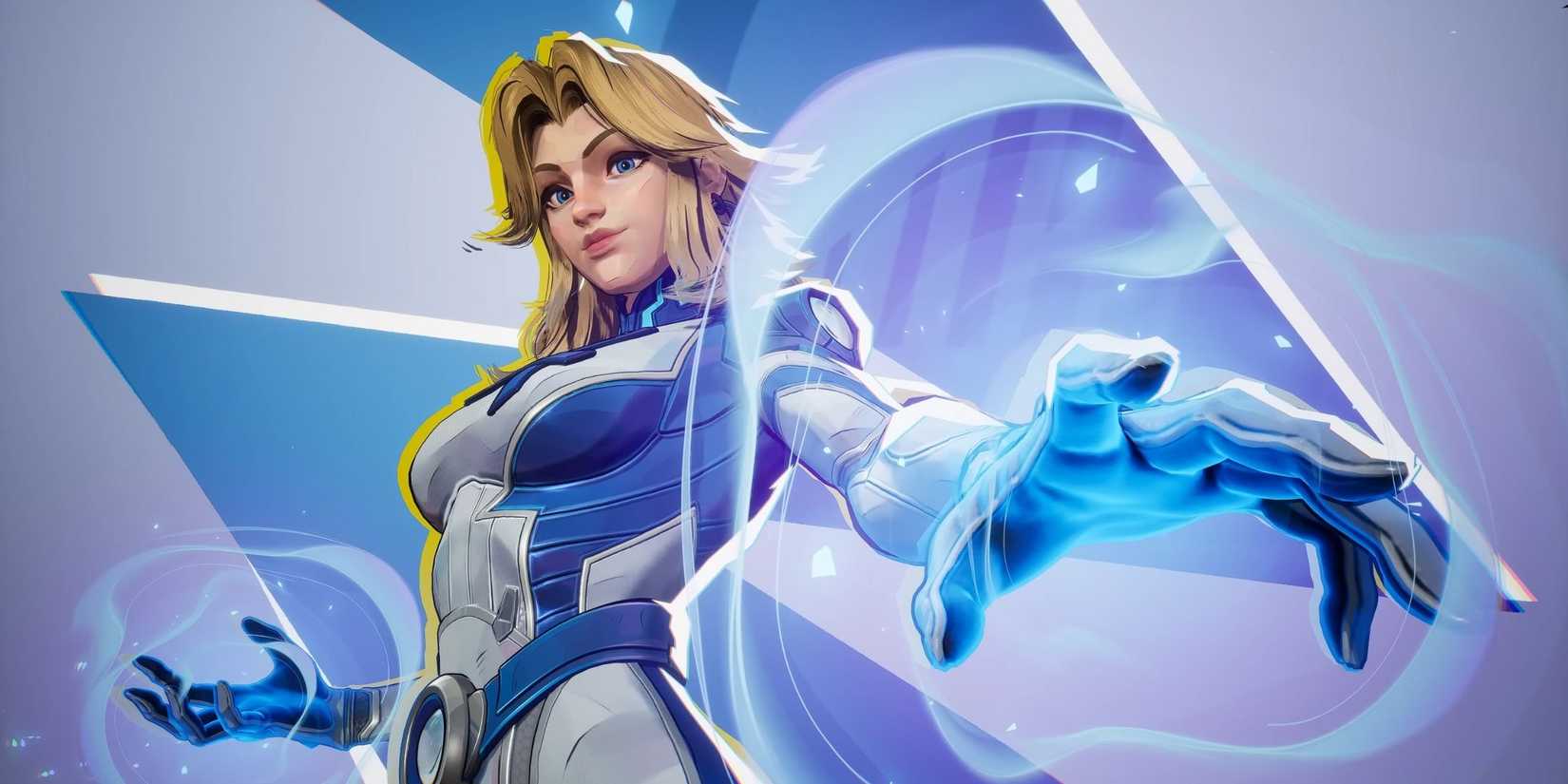 The Roadblocks and The Future of Mortal Kombat
The Roadblocks and The Future of Mortal Kombat
Of course, this is not a perfect solution. The fighting game community has traditionally been wary of live service elements, fearing aggressive monetization and a lack of offline content. Mortal Kombat 1 has already faced criticism for its online-only requirements for certain modes and a perceived lack of content at launch. However, a properly executed live service model would not replace the core fighting experience; it would augment it. The a live service model would not replace the core fighting experience; it would augment it, ensuring that there is always something new to do, unlock, or experience, keeping the game relevant between major releases.
Ultimately, the longevity of a fighting game is tied to its ability to retain its player base. The traditional model of releasing a new installment every two or three years fragments the community and forces a hard reset on competitive play. By adopting a more live-service-oriented approach, NetherRealm could create a single, definitive Mortal Kombat platform that is continuously updated and supported for years, if not a decade. This would not only benefit the company by providing a stable, long-term revenue stream but would also be a massive win for fans, giving them a game that truly lives up to its title and provides endless entertainment for years to come.



